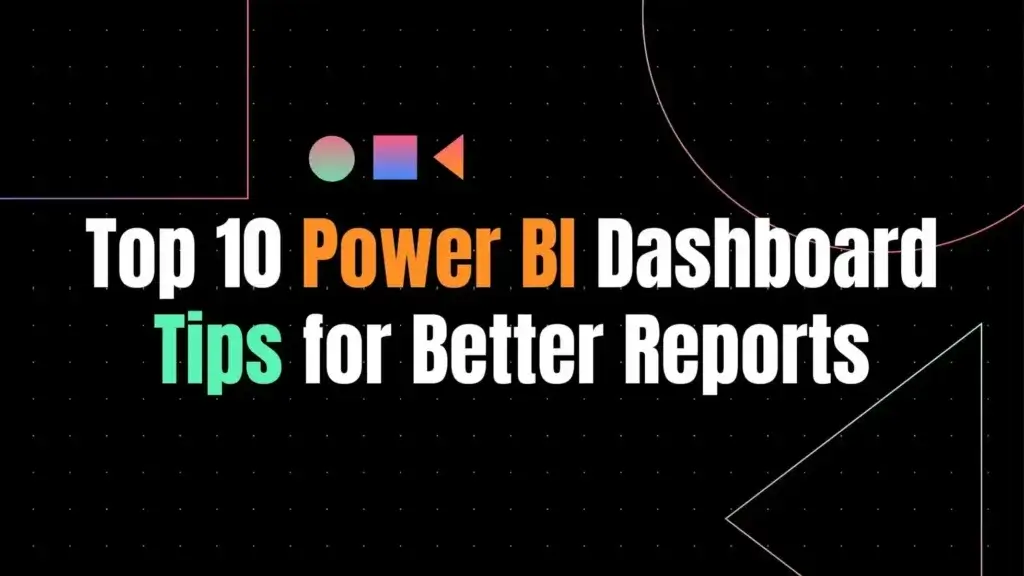Mastering ChatGPT for Data Analysis: Tips for Data Scientists
In the ever-evolving field of data science, mastering ChatGPT for data analysis has emerged as a crucial skill set for professionals aiming to leverage artificial intelligence to enhance their data interpretation capacities. ChatGPT, with its advanced data analysis capabilities, offers unparalleled efficiency and insights, transforming voluminous and complex datasets into actionable intelligence. The significance of […]
Mastering ChatGPT for Data Analysis: Tips for Data Scientists Read More »

